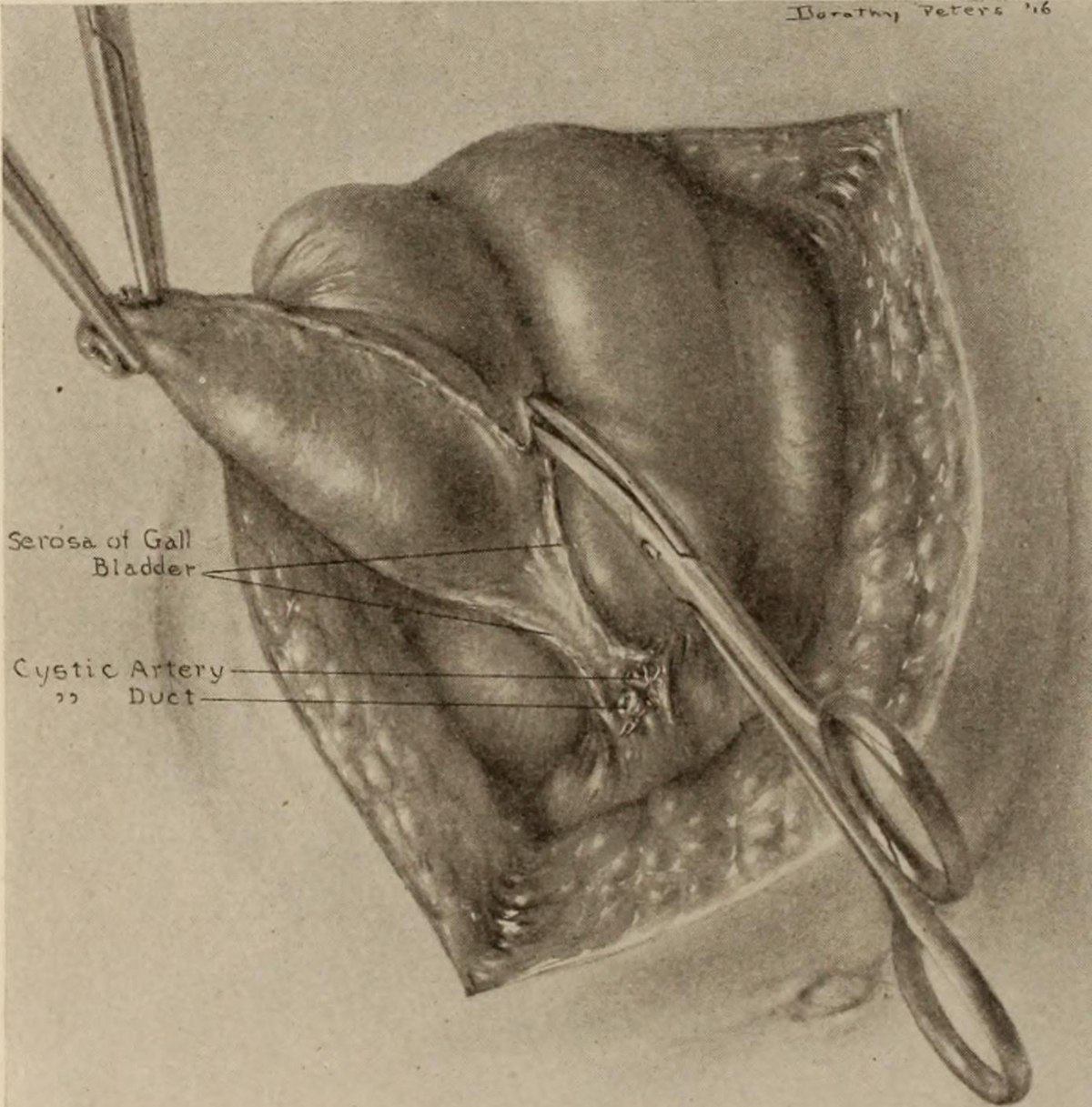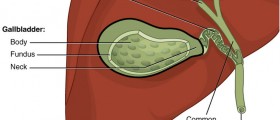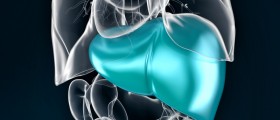
Gallbladder infection is a condition known as acute cholecystitis and it is characterized by inflammation within the gallbladder. Gallbladder infection is more frequently seen in women. Gallbladder is an internal organ located near the liver, which function is to store bile that is produced by the liver and needed for breakdown of fats. Acute cholecystitis causes the bile to be trapped inside the gallbladder which creates a pressure in the organ. This may cause perforation of the gallbladder or bacterial infection.
Causes for Gallbladder InfectionThe most common cause of gallbladder infection are gallstones that are formed when bile contains a lot of cholesterol. Generalized infections, burns and severe injuries may also lead to inflammation of the gallbladder. Sometimes tumors can cause acute cholecystitis. In children, this condition may be caused due to viral infection that is left untreated. Prolonged use of intravenous fluids can result in gallbladder infection too. A person may suffer from this disease after undergoing a major surgery. Finally, impaired immune system that results in lower immunity can also cause gallbladder infection.
Symptoms of Gallbladder InfectionUsually, a person that has gallbladder infection experiences pain at the back and between shoulder blades. In some cases, this pain is confined to the right shoulder only. Severe pain in the upper part of the abdomen typically accompanies gallbladder infection. When affected person coughs or moves this pain becomes worse. Abdominal fullness is also the symptom of gallbladder infection. Person with gallbladder infection experiences persistent nausea sometimes followed by vomiting. A person usually suffers from gas and belching due to gallbladder infection. Indigestion as well as diarrhea is caused by the disease. Prolonged fever above 100.4 Fahrenheit and chills are frequently experienced by people with gallbladder infection. Other symptoms of gallbladder infection are jaundice or yellowing of the skin and eyes, and altered color of urine and stool. Urine is usually dark in color, while the stool can be grayish.
Diagnosis and TreatmentGallbladder infection can be diagnosed with the help of specific blood and imaging tests. They include: complete blood count, bilirubin and liver test, abdominal X-ray, abdominal CT scan, gallbladder radionuclide scan, abdominal ultrasound and oral cholecystogram.
The treatment for gallbladder infection initially includes antibiotics to fight the infection and pain killers to relieve the abdominal pain. If the condition clears up, low fat diet is recommended. If gallbladder infection recurs the gallbladder removal surgery will be performed.
















Your thoughts on this
Loading...